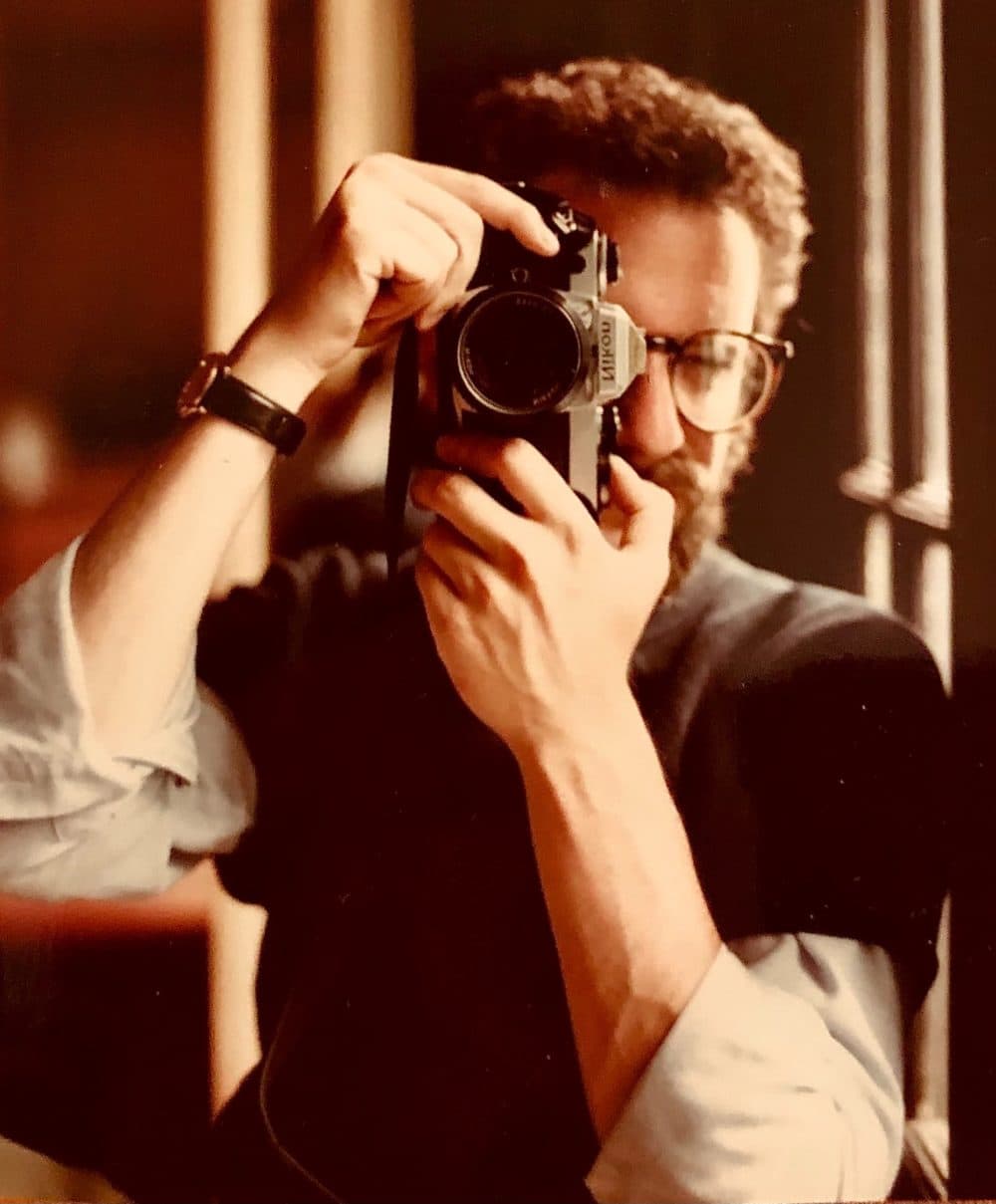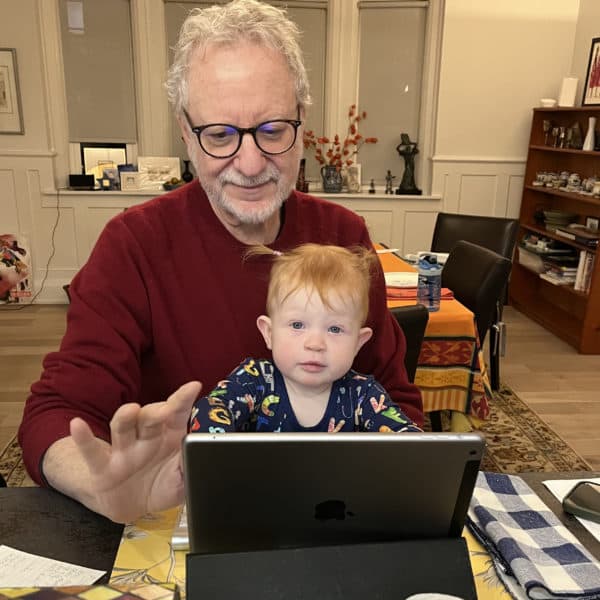Advertisement
Commentary
Do selfies celebrate our individual selves — or remind us of our own insignificance?

A few days ago, Anne Hathaway posted two selfies from her bed. In the first photo, she looks sleepy and perfectly tousled. In the second, her likeness has been sculpted into the dollop of steamed milk atop her morning latte. Alert the media! Too late: Already done.
Somehow, selfies are in the news again, or perhaps the subject has never been far from the oscillating swing of web radar. Abetted by ever-improving smartphones, massively annoying selfie sticks, and, more recently, digital filters that allow me to look like Mona Lisa, Ru Paul, or a rhinoceros — whichever strikes my fancy at the moment — selfies long ago surpassed the tipping point of popularity into ubiquity. They’ve inspired everything from selfie-devoted publications to doctoral theses on the subject of Me-ism.
Margaret Renkl, who writes smartly about social issues, often through the lens of photography, laments the Me-obsessed masses putting themselves at the center of pictures in Important Places, or gazing not at Important Images behind them, but at the outstretched arm in front. She argues that, rather than experiencing the world, these people are merely assuring themselves (and their circles) that “I am unique; I am the center of the Universe.”
I'm not certain this is news. It's barely olds. Selfie culture has been with us for a long while. In 2017, a pair of Russian academics averred:
[W]e can make an assumption that today the essence of social conventions expressed in selfies is demonstrating to others that one ‘lives a full life’. It means to be trendy, cool ... and sexy as well as being at the center of events.
Even earlier, in 2013, when the emergence of digital selfies actually was news, The Atlantic reported that the first modern selfie was taken by Anastasia, the youngest daughter of Nicholas II, Russia's last czar. It was released in 1900. She’d used the Kodak brownie, a popular camera at the time, and a mirror, to take the picture.
The essay continues:
“She is gazing at herself. She is looking at herself. She looks, to me, a little bit curious. And a little bit excited. And a little bit scared...But I am assuming all those things on her behalf. What, actually, was she thinking as she snapped this photo, years before her early death? Was she feeling self-conscious? Was she feeling empowered? Was she feeling narcissistic? We don't know. All we know is that, thanks to a new camera and an old impulse, a teenage girl was able to gaze into a mirror, look into her own eyes, and capture her image for posterity."
Irony aside (Anastasia, Disney version to the contrary notwithstanding, would be murdered along with the rest of her family and retinue, five years later), the author of that Atlantic piece doesn't point out that selfies are way older than the Brownie camera she used.
Rembrandt painted 80 self-portraits, capturing his image, also for posterity. Was Rembrandt placing himself at the center of the universe, as Renkl might argue? Or is he acknowledging something universal in the particulars of his own metamorphosis from smooth-skinned youth to bulbous old age?
The question occurred to me after another recent commentary that struck me as a true selfie discovery: The pre-birth photograph.
In an essay, “Early Abortion Looks Nothing Like What You’ve Been Told,” Drs. Erika Bliss, Joan Fleischman and Michele Gomez argue — with the aid of compelling photographic evidence — that the amorphous material retrieved during early termination of a pregnancy looks nothing at all like the tiny fetuses most women expect to see, and the images that are the hard currency of the anti-abortion movement. The doctors seem to say: Not only are we not the center of the universe, these selfies attest that we are not even identifiable as human. What Renkl asserts as the trumpet bleat of “I-Me-Mine” culture, the three doctors counter with a declaration of existential deniability: We aren’t even stardust.
Though not strictly selfies (let's call them selfie-ish), the doctors’ commentary lifted the selfie debate to a more compelling intellectual consideration, one as old as cave paintings and as current as microscopic photography. Do the images celebrate our individual selves — or remind us of our own insignificance?
The juxtaposition of those two questions reminds me of a directive most Jews are given in their youth. It’s attributed to the 19th-century Hasidic gadfly Rabbi Simcha Bunim of Peshischa: Keep two pieces of paper in your pocket at all times, he said. On one, write, “I am a speck of dust.” On the other, “The world was created for me.” Take out the first to encourage humility when you’re feeling cocky; the second to restore wonder at the miracle of life when life seems determined to defeat you.
Some analysis of this fable concentrates on Reb Bunim’s instruction to slip the two pieces of paper in your pocket: Keep it personal, don’t advertise your personal angst.
Renkl and the doctors wrangle with the thorny issue of individualism, but publicly, and from opposite poles. I appreciate the inferred dialogue between them, though I haven’t figured out which side I fall on — or even whether, for that matter, I need to choose. I suppose I'm not alone in that, which is what makes the selfie debate so engaging. So much more engaging, pace Anne Hathaway, than selfies themselves.
